New LaBelle walking tour puts history in the palm of your hand
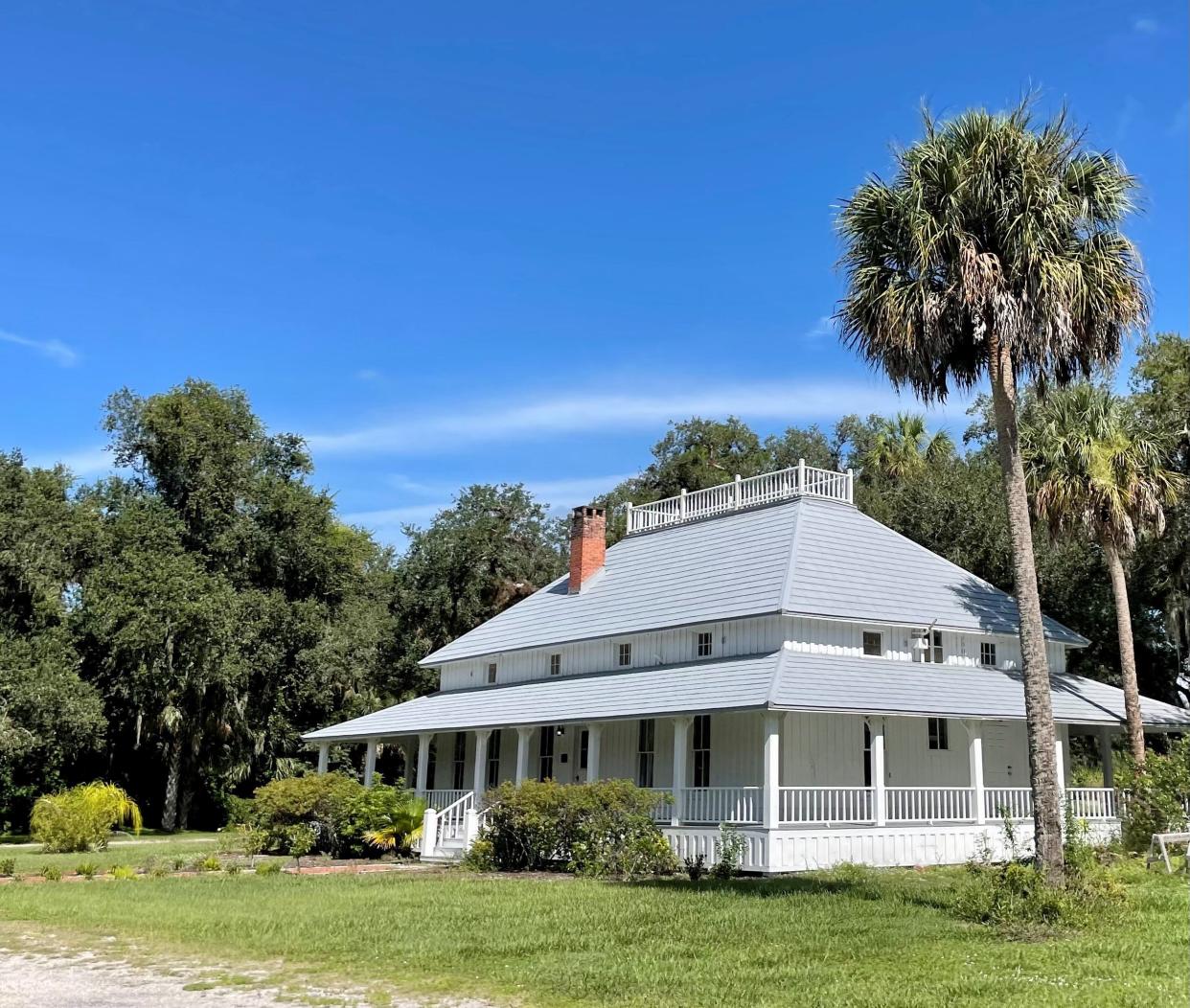
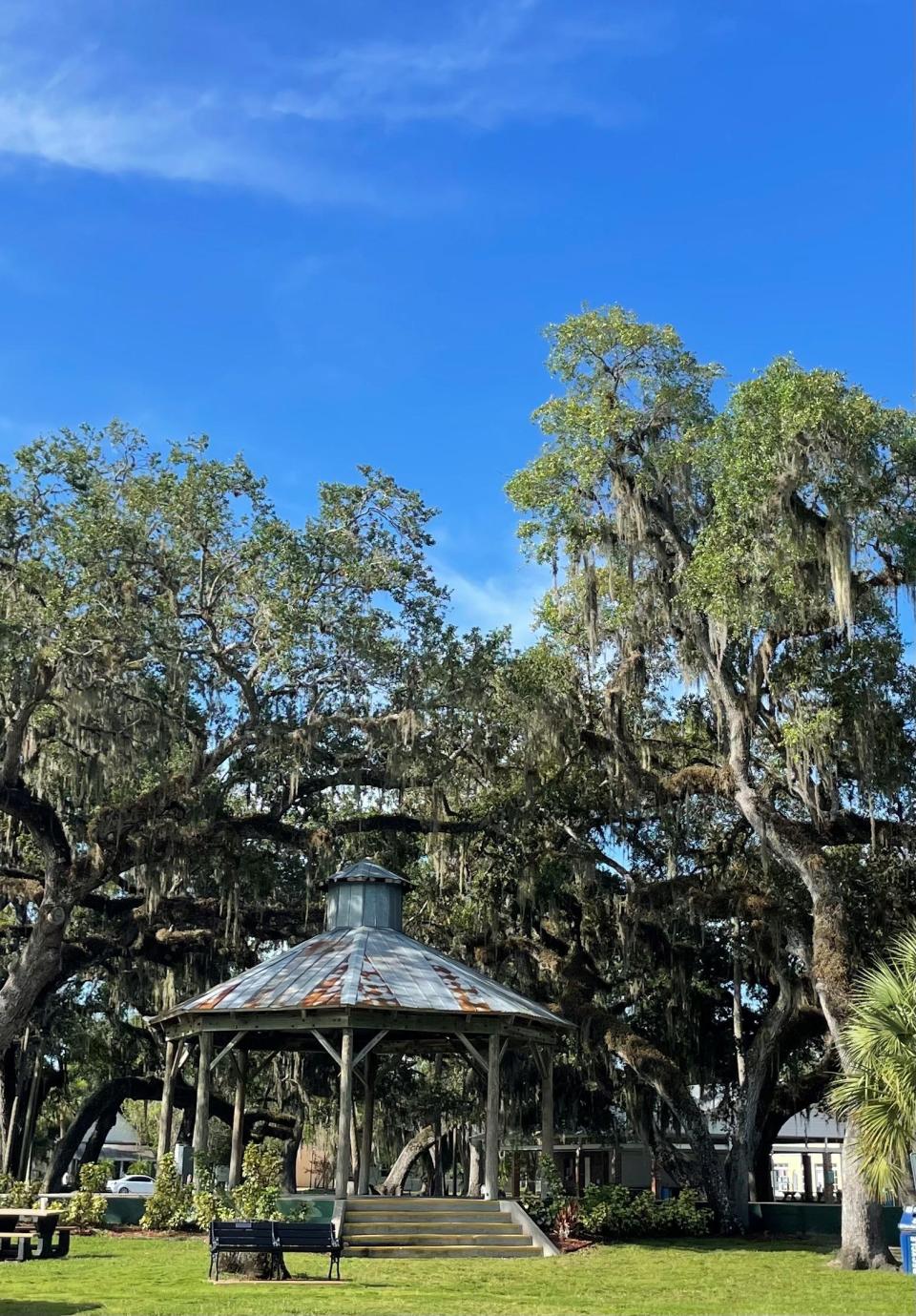
It’s good to be reminded every so often of the perils of generalization.
Case in point: LaBelle, Florida.
Dismissing it as just a pretty little city where y’all is spoken in a county where cattle outnumber humans would be a big mistake. LaBelle is a vital, scarred, beautiful place with a complicated past that echoes many of the themes of Florida history, as a new multimedia walking tour makes clear.
As one gulp, it’s about a three-and-a-half-hour investment, but the interactive tour can be enjoyed in smaller bites or even done remotely since, in addition to a phone app, it’s online as well.
But those who take it in person are rewarded not just with first-hand experience of the 12 downtown stops, but with all the sensory pleasures of LaBelle: sabal palms draped in coral vine curlicues, the sun-warmed incense of old heart pine boards and the music of the river lapping sailboat hulls at the city dock.
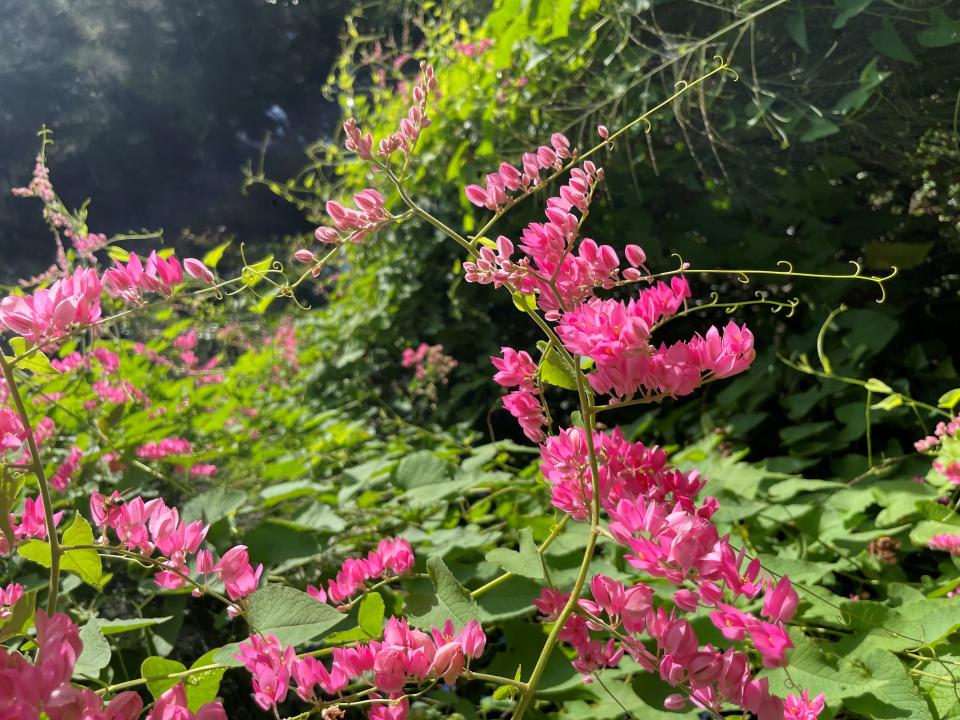
All the big names are included: visionary developer Edgar Everett Goodno, automotive tycoon and would-be rubber plantation owner Henry Ford and Confederate captain-turned-cattle baron Francis Asbury Hendry. They feature side by side with less well-known (but no less interesting) figures like family doctor Elizabeth Ann Brungard and newspaperwoman Mary Hayes Davis.
More: Book chronicles the making of a Southwest Florida ghst town in Hendry County
More: Hendry feed store home to the region's most unique memorial
The tour also catalogues some of the catastrophes that have molded LaBelle – fires, floods hurricanes and cultural convulsions, like the 1926 lynching of 22-year-old Henry Patterson, an event that brought national headlines and the National Guard. (The tour also gently deflates an old myth: No, the hands of the county courthouse clock didn’t stop turning after that crime; a lightning strike did them in before the building was even finished.)
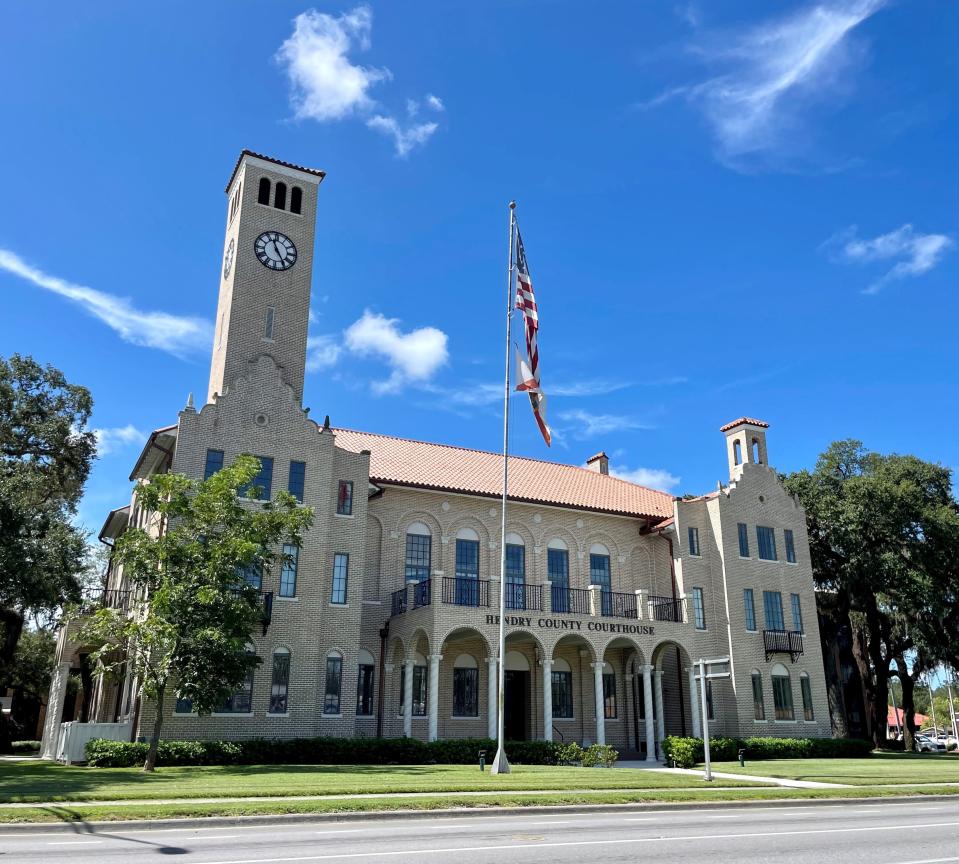
Participants will hear about boating over a submerged family flower garden back when the Caloosahatchee flooded regularly – “It was so pretty,” recalls Pauline Townsend. “I’d look down and see all those roses under clear water” - hunting cows in dense palmetto scrub and crews using hawsers to work a big paddlewheeler around a Caloosahatchee curve so sharp it was known as “Rope Bend” tug-of-war-style, with men on both shorelines hauling the boat around the curve, recalls captain’s daughter Dora Daniels.
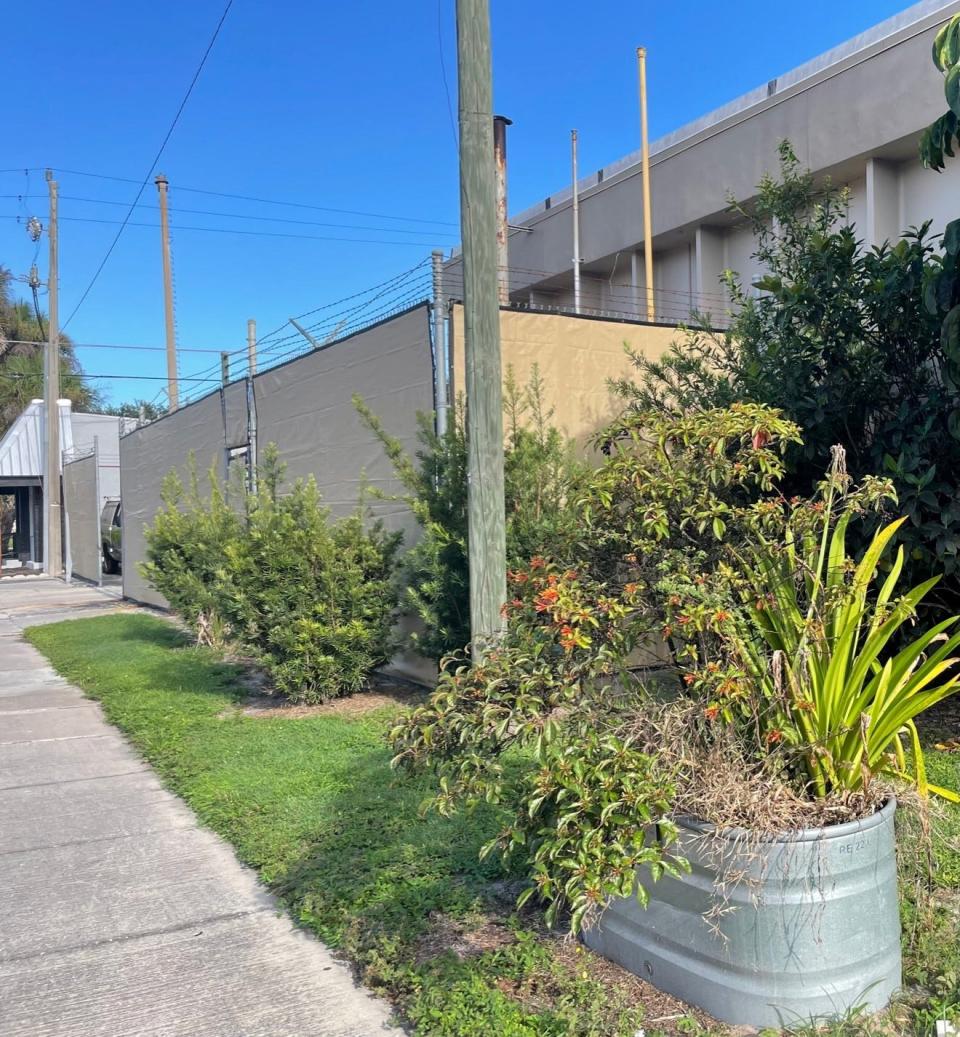
The tour offers far more than a dozen narratives. It’s a rich multimedia resource that includes videos, historic photos and an interactive map. Throughout are woven gems of oral history recorded more than three decades ago by journalist Katrina Elsken, later digitized from the original cassette tapes by Keitha Daniels, who directs the county’s economic development council.
So complete and nuanced a package is no accident; LaBelle Downtown Revitalization Corporation board member and architect Theresa Hamilton Proverbs, who’s been researching city history for decades, and fifth-generation resident and Walking Tour Committee chair Matt Rentz were driving forces in the project, which was funded in part by the Department of State, Division of Historical Resources.
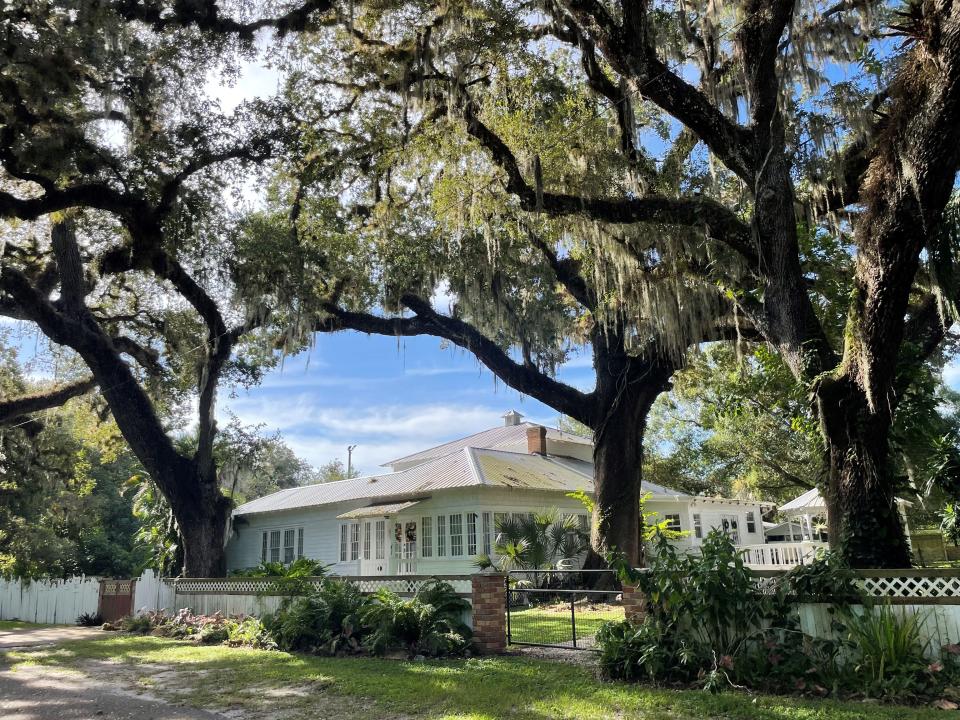
Their initial meeting in March was followed by a few “very intense” months of work, Proverbs says, combining her 20-plus years of research with Rentz’s extensive network and formidable wrangling and persuasive skills.
"Somehow, we managed to get the whole thing online by the grant due date of June 30,” Proverbs says.
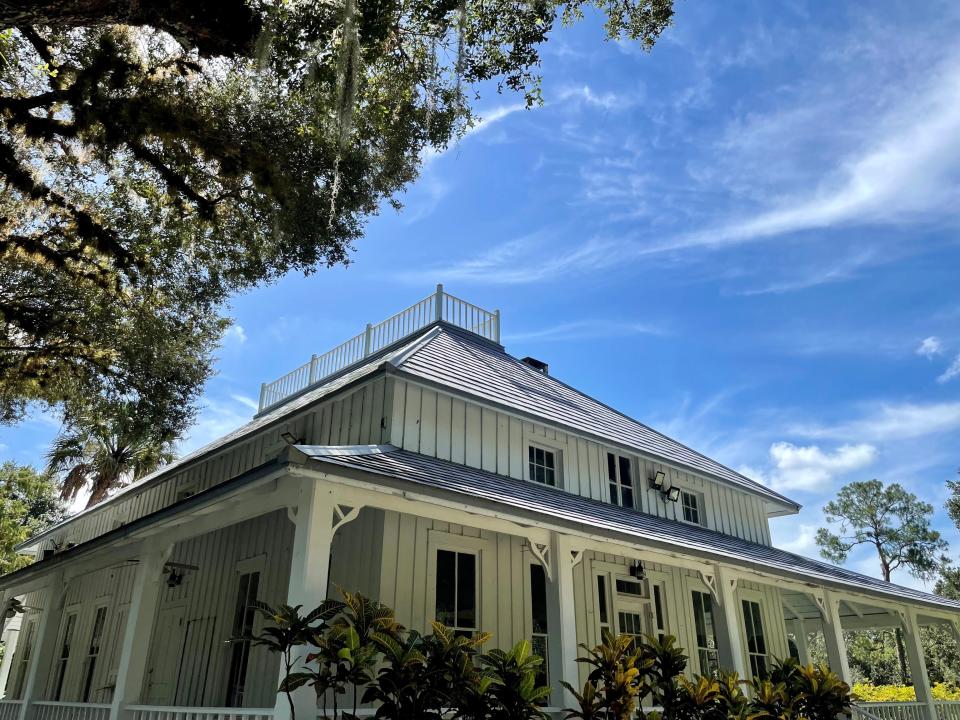
The result is a sweeping overview of the characters who shaped the place, from the Calusa to the Cracker cowboys. Along the way, the tour meanders like the old Caloosahatchee before its artificial straightening. It’s wide in places, deep in others, glittering with insights and the occasional chuckle.
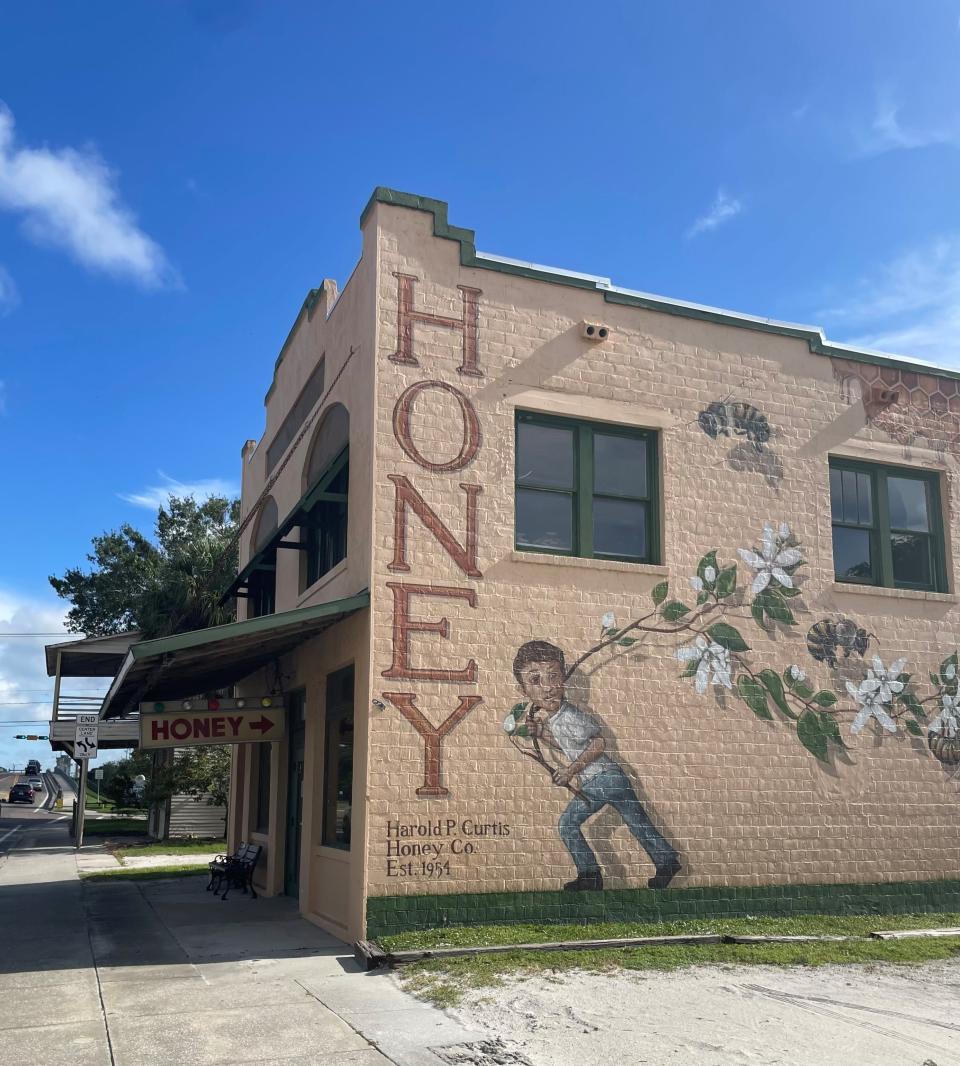
In a particularly amusing section, Sheriff Steve Whidden narrates the story of the Great Whisky Theft of 1930, in which persons unknown snaked a garden hose up through an open courthouse window – in broad daylight – to relieve the county clerk of 300 gallons of confiscated liquor. In one of the videos, Renee Curtis Pratt welcomes visitors to her family’s honey business, started in 1954, in the historic Luckey Building, which now boasts a handsome mural paying tribute to the industry. The tour doesn’t shy from the darker chapters of LaBelle’s history. A Ku Klux Klan rally and the high-profile lynching are part of it, as is a mysterious death.

It's all part of the life story of this singular city that's weathered its share of challenges. And taking the long view, LaBelle’s challenges are Florida’s challenges – are, in fact, the nation’s challenges: conservation, coexistence, land booms and busts, humans grappling with natural forces while getting on with the business of daily life.
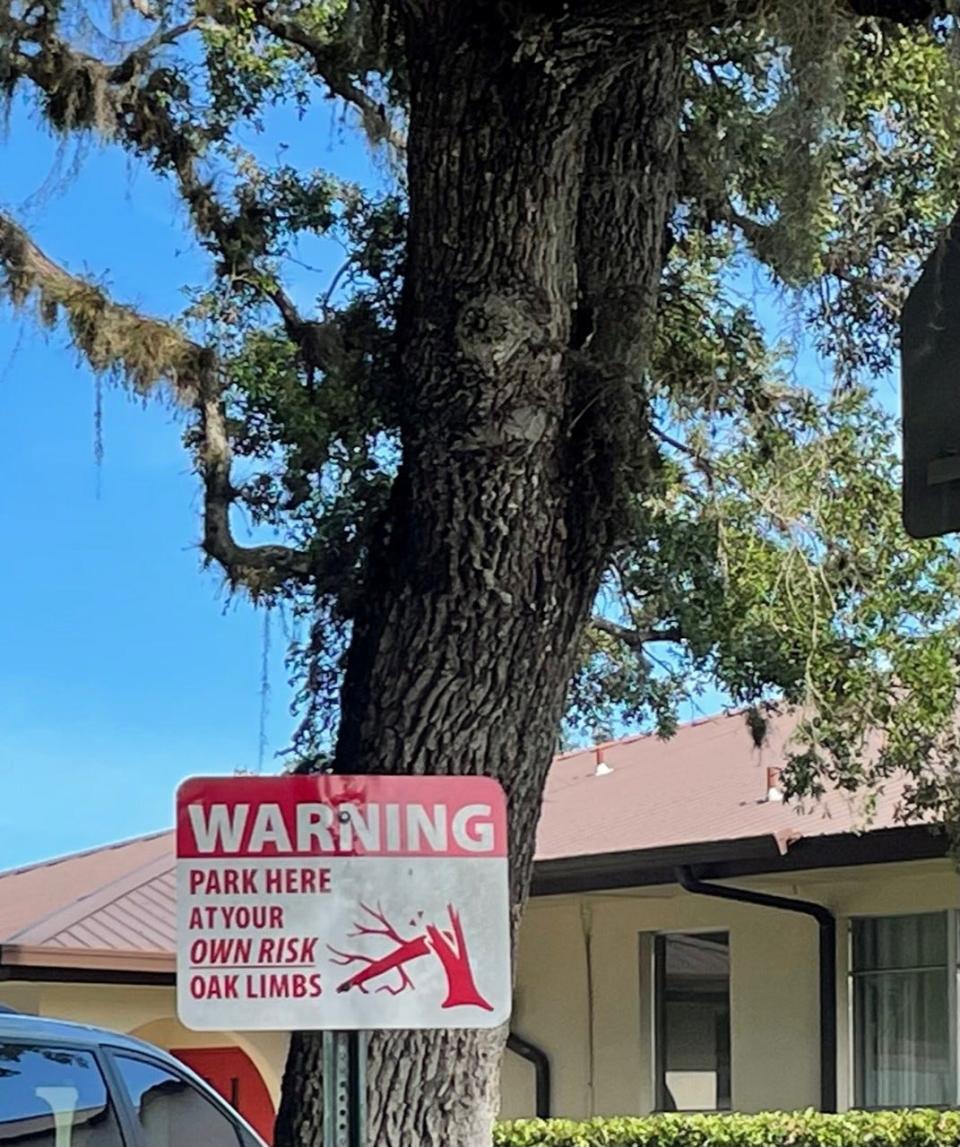
The presentation is even-handed and honest about the town’s past, allowing participants to draw their own conclusions. Though it focuses primarily on the seminal half-century between 1880 and 1930, the tour places the town firmly in its larger context piece by fascinating piece. Each unit works on its own, but together, they illuminate the whole.
Take the tour
The LaBelle Downtown Revitalization Corporation's Self-Guided Walking Tour is online at https://labelle.oncell.com/en/index.html and available as a free app from Google Play or Apple's App Store.
This article originally appeared on Fort Myers News-Press: New LaBelle walking tour app puts history in the palm of your hand

